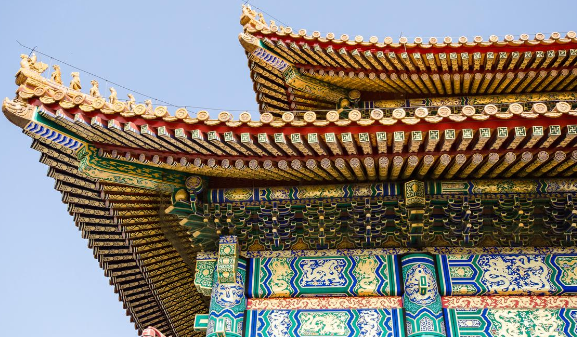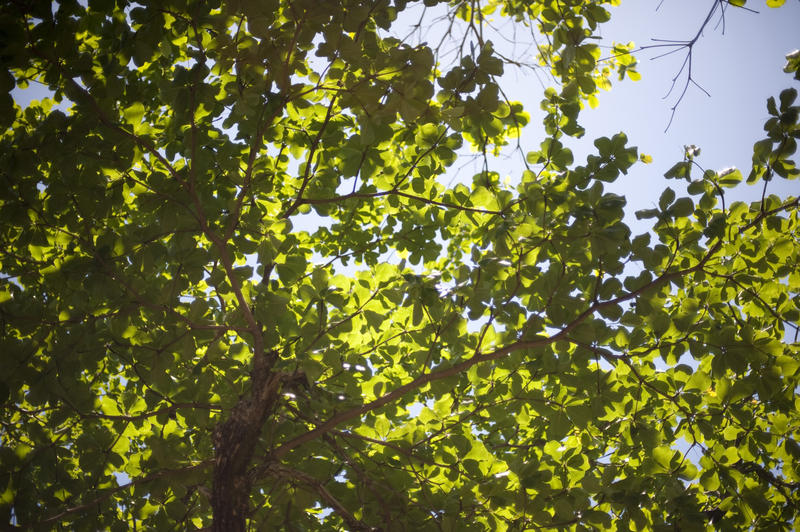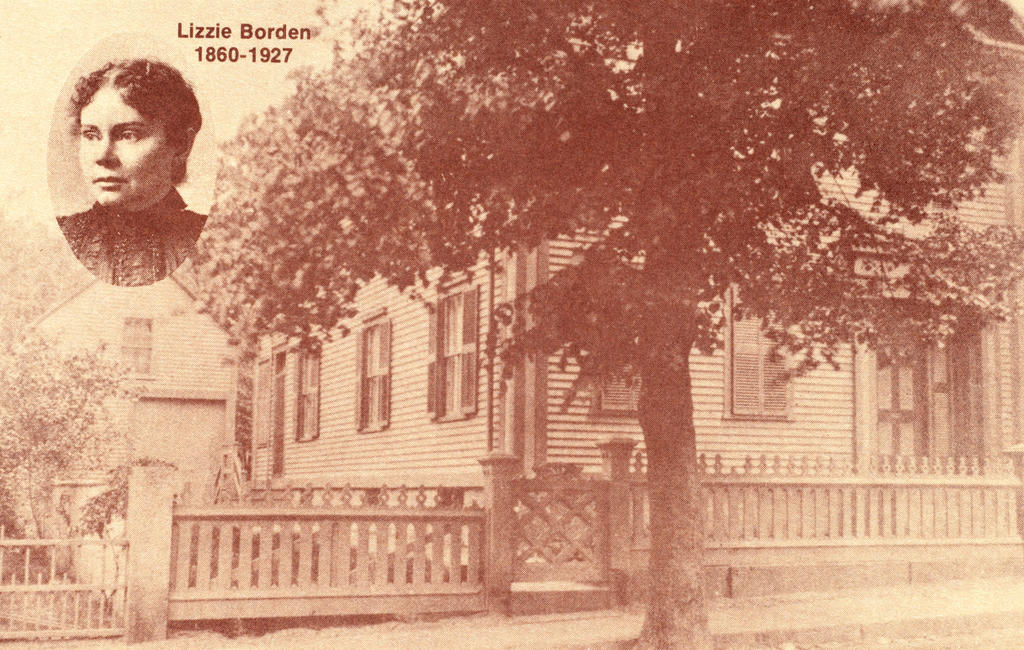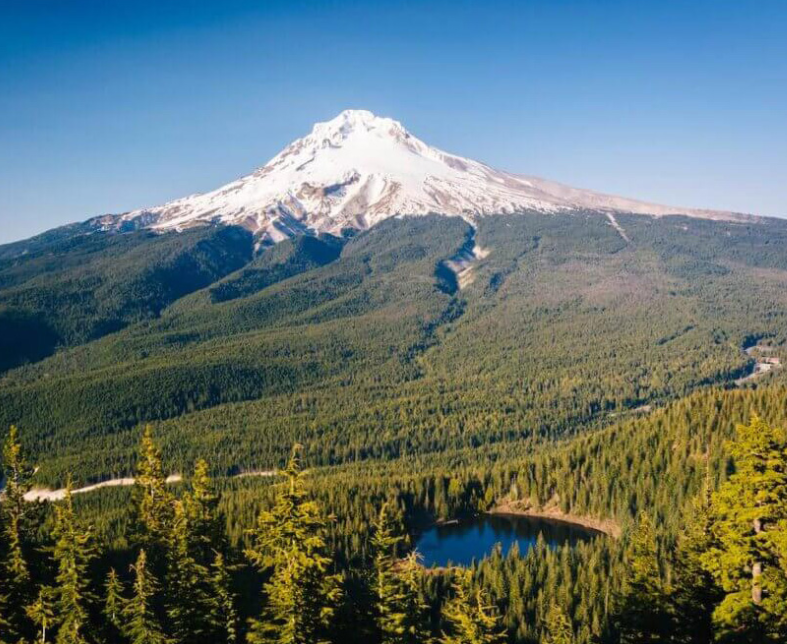Autumn is a very beautiful season. The weather gets cooler, and the trees’ leaves change color. This season is a time to enjoy nature and the holidays. Have you ever wondered why the leaves change color?
The leaves’ autumn color is caused by pigments in the leaves. Chlorophyll is a substance in the leaf that makes it look green. This pigment hides other leaf colors during spring and summer. When autumn comes, the tree stops producing chlorophyll so the other pigments are revealed. There are five leaf colors: red, yellow, orange, green, and brown. Carotenoids make the leaf orange. Anthocyanin makes the leaf red. Xanthophylls make the leaf yellow. Brown is made by a mix of these substances. Leaf colors depend on the tree species.
Another thing that influences autumn color is the weather. Trees make more intense and beautiful colors when the days are warm and the nights are cool. Trees know when the autumn season starts by the change in temperature. As the days get shorter, the tree receives less sunlight. This signals the tree to start preparing for winter by changing the leaves’ color.
Trees that change their leaves color are getting ready to shed their leaves. The leaves are made of soft tissue that has liquids in it. When winter comes, the leaves would easily freeze, leaving the tree vulnerable. In autumn, the tree starts closing off the pathways where it sends sugars to the leaf. This process causes the leaves’ internal chemicals to change, therefore changing the leaf’s color. Finally, the leaf falls, and the tree is ready for winter to come.
Some trees, like pines, don’t shed their leaves in winter. There are two types of trees; coniferous and deciduous. Deciduous trees have thin leaves, and these trees’ leaves fall off during autumn. Coniferous trees have leaves that look like needles. This type of tree does not shed its leaves in the winter. Evergreen trees have a waxy coating on their leaves that protects them from freezing. When the evergreen tree’s needles get older, they turn brown and detach from the tree, so only the young green needles remain on the tree.
Leaves are very important for the tree. The tree does a process called photosynthesis. This is when the tree captures energy from sunlight and uses its leaves to turn it into food. Chlorophyll helps the tree do photosynthesis during the sunny seasons. This substance makes the tree’s leaves look green through spring and summer.
Trees that drop their leaves are very important for their environment. During autumn, the tree’s leaves fall. The fallen leaves land in the forest’s soil. When these leaves decompose, they transfer important nutrients back into the soil. This helps other trees and plants grow in the forest. It also restores the soil and makes it better for the tree.
In conclusion, the leaves of a tree change colors because of the pigments inside the leaves. Trees shed their leaves in autumn to get ready for the coming winter. Leaves help the tree do photosynthesis, and fallen leaves decompose to make the soil rich in nutrients. A tree’s leaves are very important for the tree and the ecosystem it lives in.












































































































































